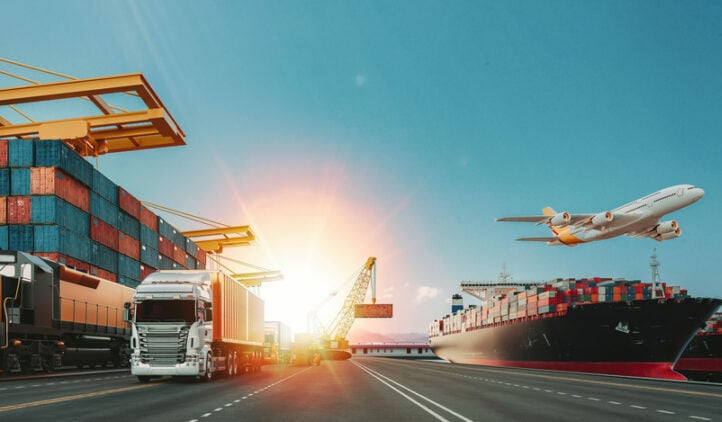According to the latest Kiel Trade Indicator data update for April, global trade is expected to increase by 2.1 percent compared with the previous month.
After a turbulent start of the year, caused primarily by Russia’s invasion of Ukraine, trade in goods stabilized in April in numerous economies. According to the latest data update of the Kiel Trade Indicator, global trade is clearly up on the previous month (price and seasonally adjusted). The last time there was a comparable increase was in January, before the outbreak of war. The negative consequences of the Shanghai lockdown remain manageable. Congestion in container shipping remains at a high level.
“The initial shockwaves of the Russian invasion of Ukraine to global trade in goods appear to have been digested and trade data in April is stabilizing. Almost all major economies can expect growth or at least a sideways movement,” says Vincent Stamer, Head of Kiel Trade Indicator.
European Union
For Germany, ship movements suggest a positive trend compared to March, with both exports (+3.2 percent) and imports (+1.4 percent) up. The same applies to the EU, with exports likely to rise by 0.7 percent and imports by 1.1 percent.
The US
In the USA, exports gain considerably in April, with a growth of 5 percent, while imports are expected to fall by 1.4 percent.
China
In China, both exports (0.0 percent) and imports (-0.9 percent) are expected to stagnate, and thus trade remains at March levels.
“While the Shanghai lockdown is slowing export growth in China, declines in trade appear to be confined to the port of Shanghai. The gap in goods exports has leveled off at around 25 percent compared to China’s other ports. But that also means that despite the lockdown, a large proportion of all goods are still leaving the port, which is a good sign for global supply chains,” says Stamer.
Global congestion on the container ship network remains at a high level, with around 11 percent of all goods shipped worldwide stuck in congestion.
Russia
For Russia’s trade, there are signs of a bottoming out in April after the partly severe slumps of the past three months. Compared with March, exports are likely to decline only moderately (-1.6 percent), while imports could increase (+2.3 percent).
“Russia may be starting to substitute imports from Europe with imports from Asia. This is indicated by the fact that the port of Novorossiysk in the Black Sea has recently seen a significant increase in the number of container ships arriving, whereas the port of St. Petersburg, which is involved in European trade, continues to record declines,” says Stamer. “This could be a first indication of trade diversion. This makes it all the more important to create economic incentives for countries such as India to move closer to Europe rather than Russia.”
WTO
In addition, the World Trade Organization will return to the international arena next June, after a long period of absence that lasted for several years.
And the Director of the World Trade Organization, Ngozi Okonjo-Iwela, announced that the Ministerial Conference of the International Organization will be held in Geneva from 12 to 15 June, after being postponed several times due to the Corona pandemic.
This meeting will be the first for the 164-nation organization since December 2017.
The member states of the organization have been seeking for years to reach new trade agreements in the interest of all of them.








